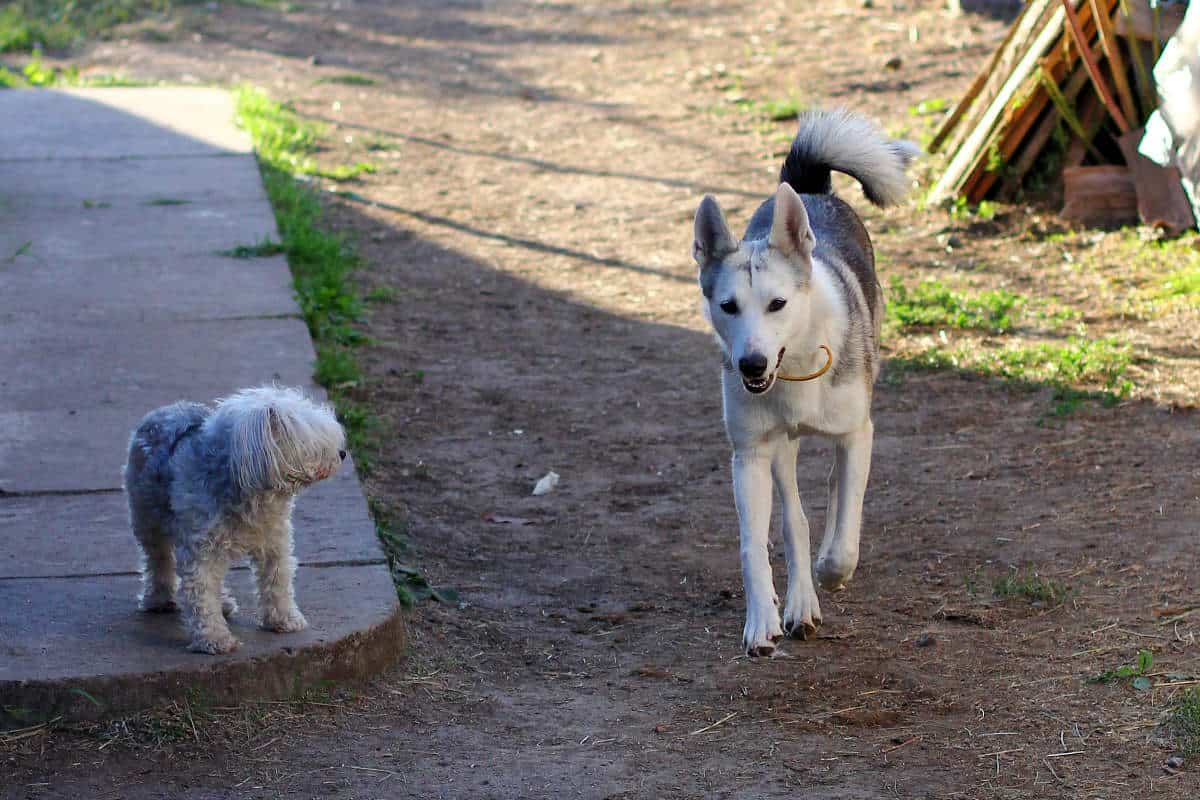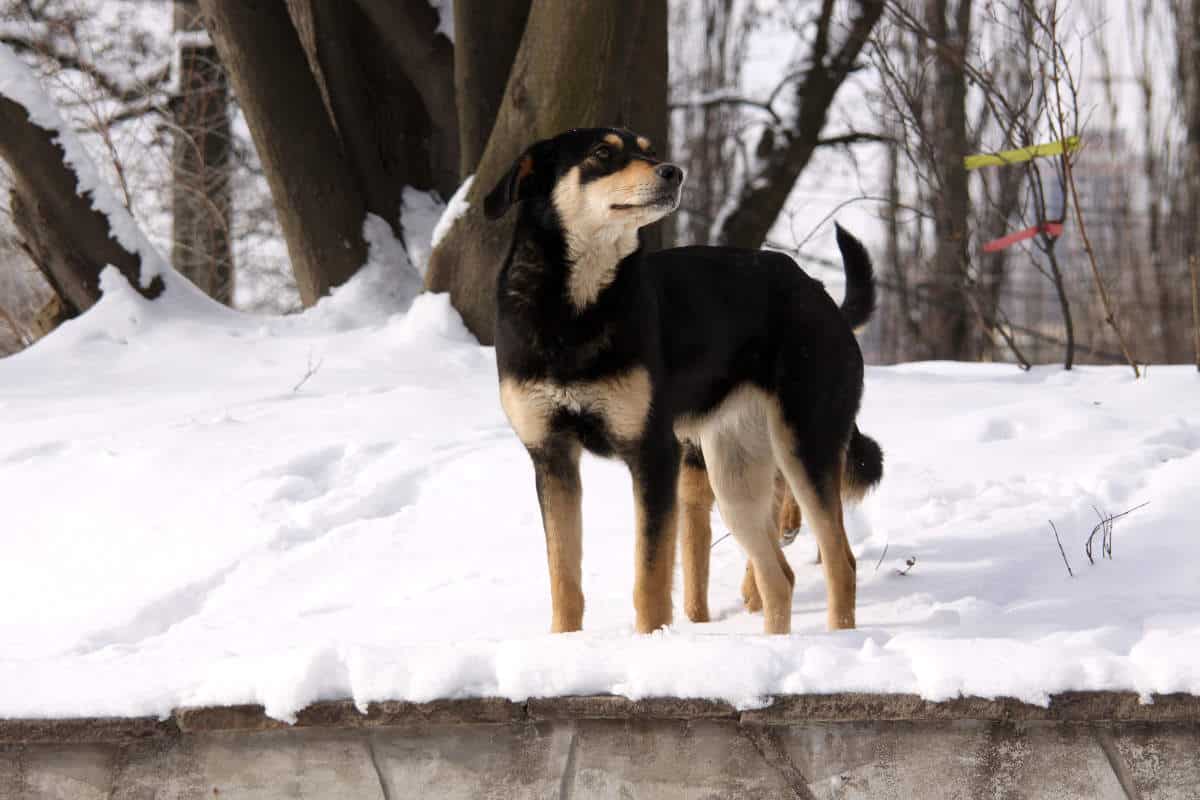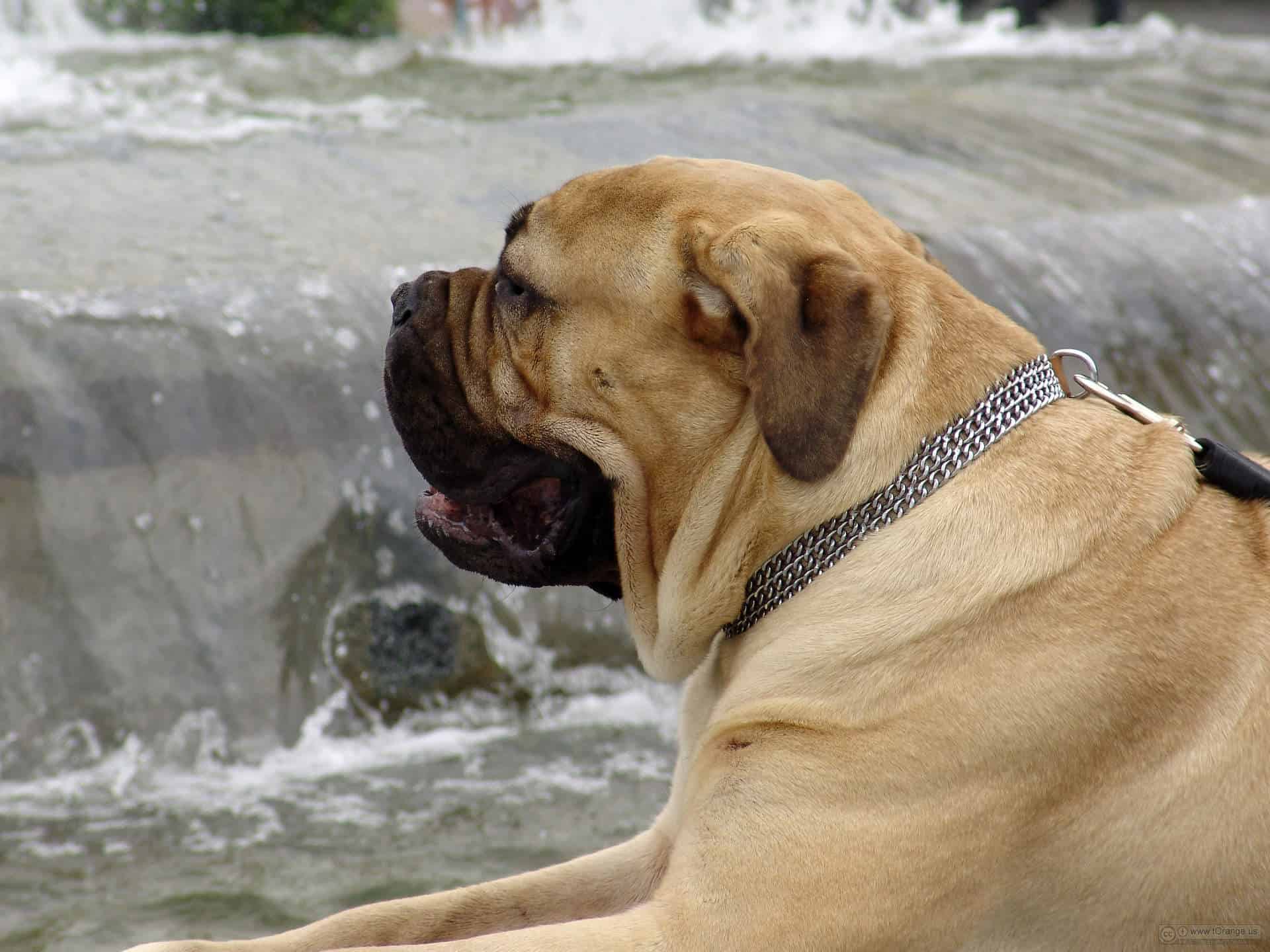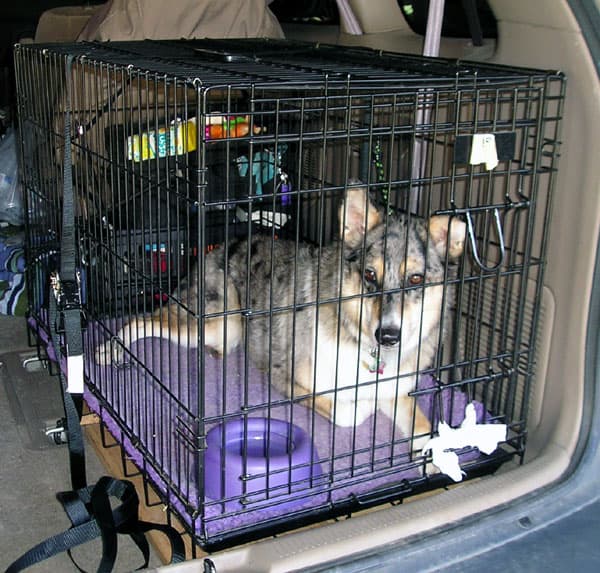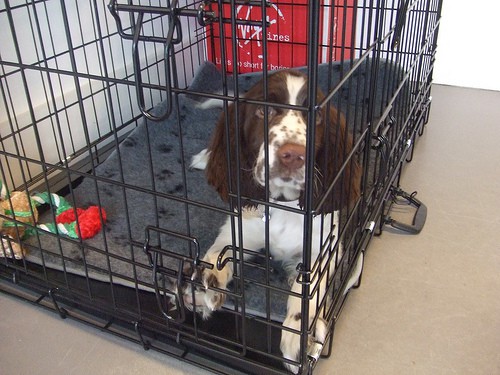Dogs
A Guide to Choosing the Right Dog Cages
Though there are several aspects you should take into account when buying dog cages, the first thing you should check is whether it really fits your purpose. Take note that a dog kennel or cage can be a visually pleasing thing, but you need to watch out of the chic and classy options as some of them have disappointing features.
Before you even get a dog or to make choosing a dog cage a less daunting process, read this detailed guide.
The Size of the Dog Cage
An ideal dog cage is something that is big enough to let your canine buddies roam around without taking up so much space. When your dog sits up straight, his head should not hit the ceiling. Also, he should be able to turn around with easy or maybe relax his paws stretched out.
While all these points are vital, it is not just right to get your pooch something that is very large. If the kennel is too large, he might not feel safe and secured. Your dog will prefer to have something that fits him well.
The Right Dog Cage Size for a Specific Canine Breed
Knowing that he will grow up eventually, it can be quite tempting to get a large cage for your puppy. But then again, this does not mean you should be getting him a new one every now and then. By just being knowledgeable about the appropriate dog cage size that perfectly suits your dog breed, then you can save yourself from any possible and unwanted expenses.
18” Extra Small Dog Cage
Extra small cages are best for canines that weigh below 25 pounds and have a body length from the nose to the base of its tail of 20 inches. Here are the breeds that may fit in an extra small cage:
– Affenpinscher
– Chihuahua
– Maltese
– Pug
– Shih Tzu
– Yorkshire Terrier
– Pomeranian
24” Small Dog Cage
A small dog cage is highly recommended for dogs that weigh below 30 pounds and have a body length of up to 22 inches from the nose to the tail. The dog breeds that fall under this group are as follows:
– Australian Terrier
– Fox Terrier
– Jack Russel
– Toy Poodle
– Pekingese
– Miniature Poodle
– Scottish Terrier
30” Medium Dog Cage
A medium-sized dog cage is great for pooches below 40 pounds are have a body length of up to 28 inches from the tip of the nose to the tail. Among the breeds that can use fit in this cage size are the following:
– American Pit Bull Terrier
– Cocker Spaniel
– French Bulldog
– Dachshund
– Miniature Pinscher
– Tibetan Terrier
– Welsh Terrier
36” Large Dog Cage
A large dog cage perfectly suits those dogs that weigh below 70 pounds and have a body length from the base of the tail to the nose of 34 inches. The dogs that are classified as large are as follows:
– Australian Cattle Dog
– Beagle
– Belgian Sheepdog
– Bull Terrier
– Chinese Shar-Pei
– Welsh Corgi
– Standard Schnauzer
42” Extra Large Dog Cage
An extra large dog cage is recommended for dogs weighing not more than 90 pounds and have a body length of up to 40 inches. The dog breeds that may use this enclosure are the following:
– Australian Shepherd
– Bearded Collie
– Belgian Malinois
– Boxer
– Chow-Chow
– Dalmatian
– Doberman Pinscher
– German Shepherd
– Golden Retriever
– Labrador Retriever
– Poodle
– Siberian Husky
XXL Dog Cage
An extra extra large dog cage is great for giant breeds that weight up to 150 lbs. and have a body length of up to 68 inches from the tip of the nose to the tail. These massive dog breeds include the following:
– Afghan
– Alaskan Malamute
– Bloodhound
– Bull Mastiff
– Great Dane
– Greyhound
– Komondor
– Newfoundland
– Old English Sheepdog
– Rottweiler
– St. Bernard
The Different Types of Dog Cages
While there are various types of dog cages that are great for your furry buddies, each has its own advantages and disadvantages. But as of now, there are 4 most common types sold at pet stores and on the market. Let’s dig deeper into each one of them below.
Wire Dog Enclosures
Wire dog enclosures are by far, the most popular among all types. They come with a standard single door for easy-access. Although this type is very easy to clean and is portable, it can be a bit heavy.
Plastic Dog Enclosures
Plastic dog enclosures are among the commonly used, especially when traveling by air. Normally, when purchasing this type, it comes with a documentation that says it is airline approved or not. Even if it is portable and lighter, this can be hard to clean. And its nature can stress some canines because they can’t properly see their surroundings.
Soft-Sided Nylon Dog Enclosures
For first-time dog owners, soft-side nylon dog enclosures may look a bit odd because they look less like a cage. Nevertheless, this is ideal when camping out because it is easy to assemble. If you are planning to buy one, make sure you double-check not all of them are durable.
Wooden Dog Enclosures
Wooden dog enclosures are extremely popular among households who are looking for something more stylish. This may seem like a wonderful addition to a home, but this can be harmful for dogs that are destructive.
At the end of the day, you will realize that there are plenty of dog cages to choose from, making the process of choosing a no easy task. Hopefully, with this guide, you will be able to decide quickly, and at the same time, ensure the safety of your beloved dog pals.




